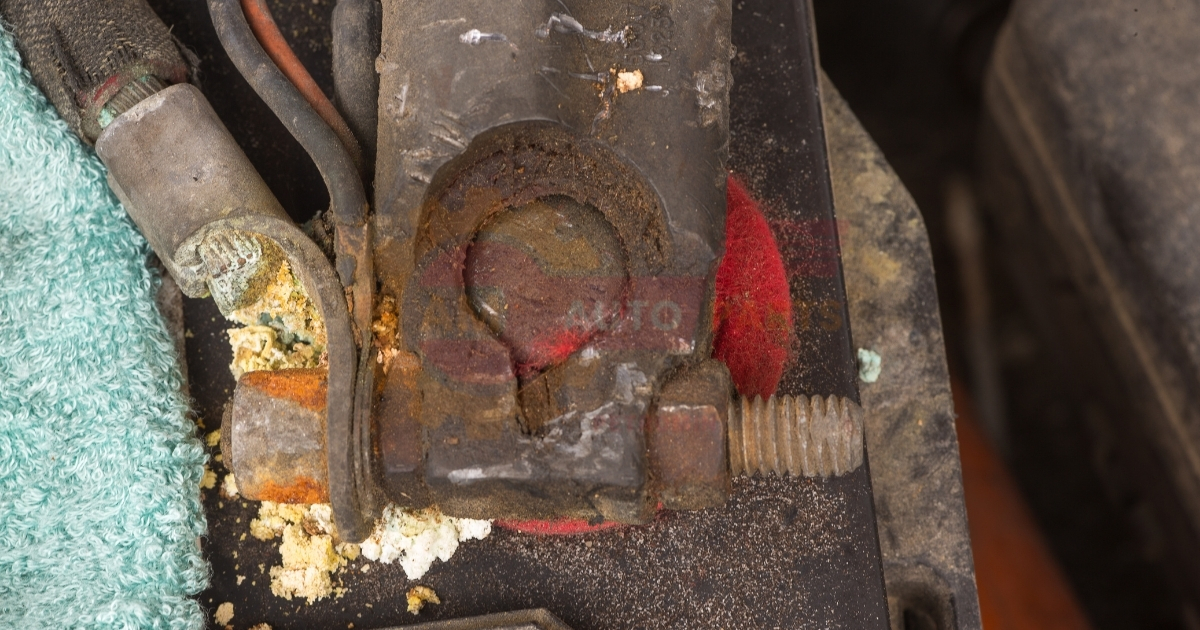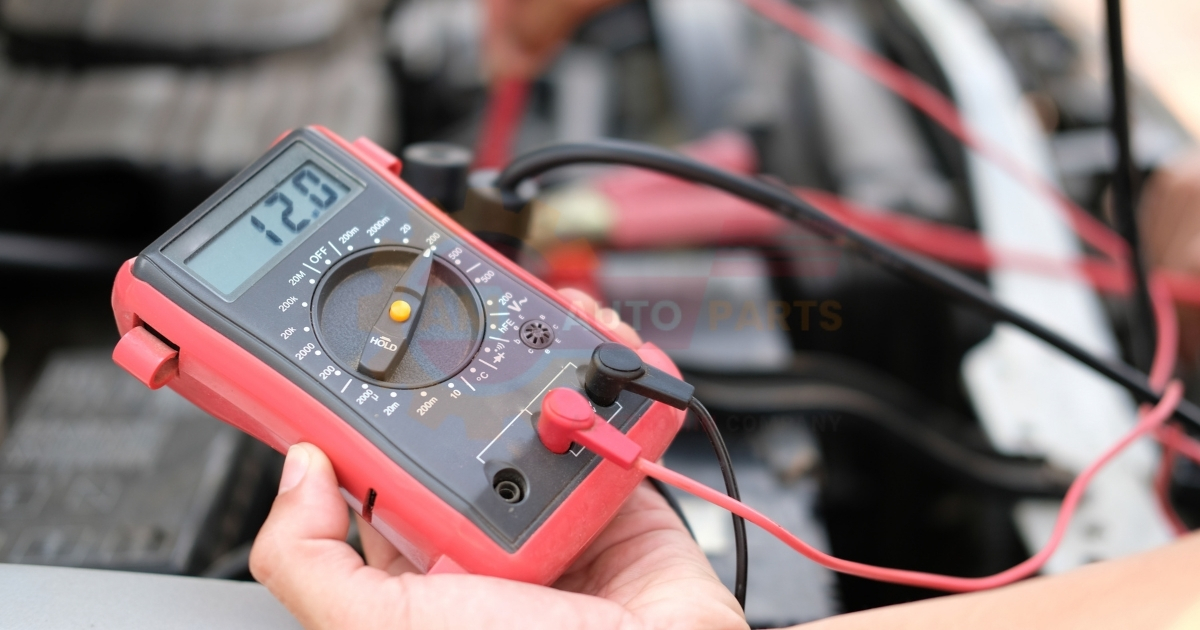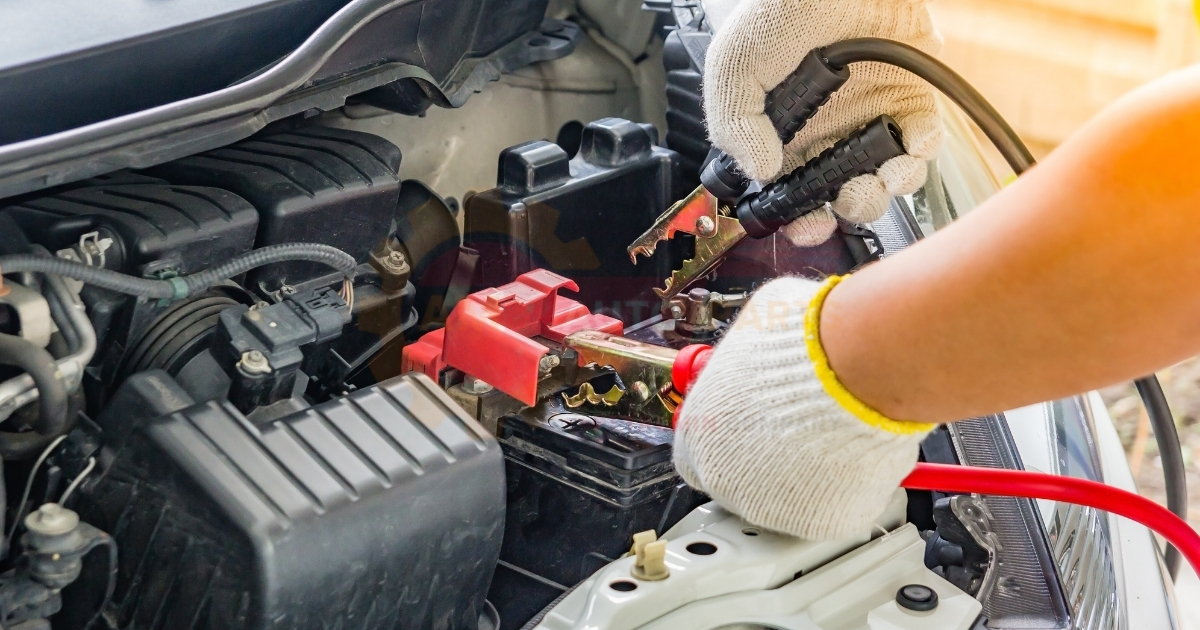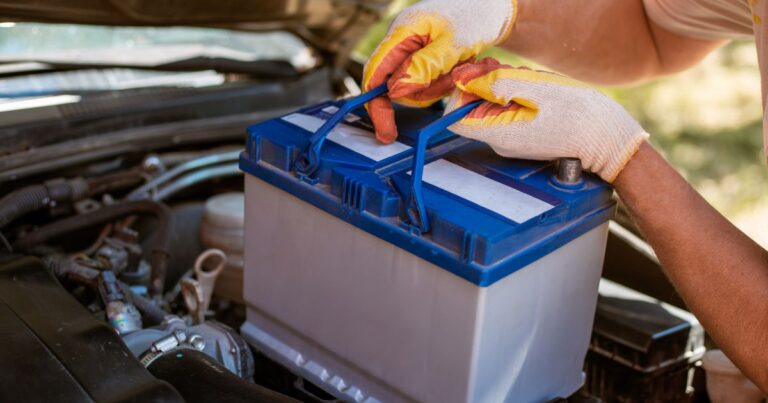Is your car battery failing to hold a charge? This common automotive issue can leave you stranded and frustrated. Understanding why your car battery isn’t holding a charge is crucial for maintaining your vehicle’s reliability and performance. This comprehensive guide’ll explore the various reasons behind this problem and provide practical solutions to keep your battery in top condition.
Why is my car battery not holding a charge?
Common causes
There are several reasons why your car battery might not be holding a charge. These can range from simple oversights to more complex electrical issues. Identifying the root cause is the first step in resolving the problem and ensuring your vehicle starts reliably.
Importance of proper battery maintenance
Regular battery maintenance is essential for prolonging its life and maintaining its ability to hold a charge. Neglecting your battery can lead to premature failure and unexpected breakdowns.
- Regular voltage checks
- Cleaning terminals
- Proper fluid levels (for non-sealed batteries)
- Avoiding deep discharges
Left lights or accessories on
Impact on battery drain
One of the most common reasons for a car battery not holding a charge is leaving lights or accessories on when the engine is off. This constant drain can quickly deplete your battery’s charge, leaving you with a dead battery the next time you try to start your car.
How to prevent accidental battery discharge
To avoid accidentally draining your battery, develop good habits and use available technology to your advantage.
- Double-check lights and accessories before leaving your car
- Install automatic shut-off systems for lights
- Use smart key fobs that alert you to potential battery drain
The battery not getting recharged
Alternator issues
The alternator is responsible for charging your battery while the engine is running. If it’s not functioning correctly, your battery won’t receive the necessary charge to maintain its power.
Faulty charging system components
Other components in the charging system can also contribute to a battery not holding a charge. These may include:
- Worn or loose drive belts
- Faulty voltage regulator
- Corroded or loose battery cables
Parasitic electrical drain
Identifying Hidden Power Consumers
Parasitic drains occur when electrical components continue to draw power even when the car is off. These can be challenging to identify but can significantly impact your battery’s ability to hold a charge.
Diagnosing electrical system problems
To diagnose parasitic drains, you may need to:
- Perform a draw test using a multimeter
- Check for malfunctioning components like interior lights or radio
- Inspect the alternator diodes for proper function
Age and wear of the battery
Typical lifespan of car batteries
Car batteries typically last between 3-5 years, depending on usage and environmental factors. As batteries age, their ability to hold a charge diminishes.
Signs of a failing battery
Look out for these indicators that your battery may be nearing the end of its life:
- Slow engine crank
- Dimming headlights
- Swollen battery case
- Check engine light or battery warning light illuminated
Corrosion on battery terminals 
Effects on charging capacity
Corrosion on battery terminals can impede the flow of electricity, preventing your battery from charging properly and holding a charge.
Cleaning and maintaining terminals
Regular cleaning and maintenance of battery terminals can help ensure optimal charging:
- Use a mixture of baking soda and water to neutralize corrosion
- Scrub terminals with a wire brush
- Apply a thin layer of dielectric grease to prevent future corrosion
Extreme temperatures
Cold weather impact on battery performance
Cold temperatures can significantly reduce a battery’s ability to hold a charge and deliver power. This is why many car batteries fail during winter months.
Heat-related battery damage
Excessive heat can also damage your battery, causing internal components to degrade more quickly and reducing its overall lifespan.
- Use a battery insulator in extreme cold
- Park in shaded areas during hot weather
- Ensure proper ventilation around the battery
Diagnosing battery issues
Using a multimeter
A multimeter is an essential tool for diagnosing battery issues. It can help you measure voltage and identify potential problems with your charging system.
Load testing the battery
Load testing simulates the demands placed on your battery during starting and can help determine if it’s still capable of holding a charge.
Steps for load testing:
- Fully charge the battery
- Connect the load tester
- Apply the load for 15 seconds
- Check the voltage drop
Proper battery charging techniques
Slow vs. fast charging
While fast charging can be convenient, slow charging is generally better for your battery’s long-term health. It helps prevent overheating and ensures a more complete charge.
Maintaining optimal charge levels
Keeping your battery at the right charge level can help prolong its life and ensure it’s always ready when you need it.
- Avoid letting your battery discharge below 50%
- Use a trickle charger for long-term storage
- Regularly start and drive your vehicle to maintain charge
When to replace your car battery
Signs it’s time for a new battery
Recognizing when it’s time to replace your battery can save you from unexpected breakdowns. Look for these signs:
- The battery is more than 3-5 years old
- Frequent jump-starts required
- Visible damage or leakage
- Consistently low voltage readings
Choosing the right replacement
When selecting a new battery, consider:
- Size and fit for your vehicle
- Cold Cranking Amps (CCA) rating
- Reserve Capacity (RC)
- Maintenance requirements (sealed vs. non-sealed)
Preventive maintenance tips 
Regular battery checks
Performing regular checks can help you catch potential issues before they become major problems.
Keeping connections clean and tight
Clean and secure connections ensure efficient power transfer and help maintain your battery’s charge.
Maintenance checklist: Battery replacement threshold is the point when a device’s battery becomes too weak and needs to be changed It helps users know when it’s time to get a new battery for their gadget Honda battery costs
Ideal car voltage A car battery should have about 12 to 14 volts for the vehicle to run properly Jumpstart dead battery is a quick way to get your car running again when the battery is out of power You can use special cables to connect your car’s dead battery to another car’s working battery to bring it back to life
Automotive Power Depletion happens when a car’s battery loses energy over time This can make it hard for the car to start or run its electrical parts properly Battery selection guide Choose the right battery for your device by looking at size voltage and how long it lasts
Electric vehicle safety is about making sure electric cars are safe to drive and use These cars have special features to protect people from electrical problems and accidents
- Check voltage monthly
- Inspect terminals for corrosion
- Tighten loose connections
- Clean battery case and surrounding area
FAQs
What should I do if my car battery is not holding a charge?
First, check for obvious issues like lights left on or loose connections. If the problem persists, test the battery and charging system using a multimeter or have it professionally inspected. You may need to clean the terminals, charge the battery, or replace it if it’s old or damaged.
How often should I replace my car battery?
Most car batteries last between 3-5 years, depending on usage and environmental factors. However, it’s best to replace your battery proactively if it’s showing signs of weakness or is approaching the end of its expected lifespan. Regular testing can help you determine when it’s time for a replacement.
Can extreme weather affect my car battery’s ability to hold a charge?
Yes, extreme temperatures can significantly impact your car battery’s performance. Cold weather can reduce a battery’s ability to produce the necessary current, while hot weather can accelerate internal corrosion and water loss. Using appropriate insulation and parking in temperature-controlled areas when possible can help mitigate these effects.
Is it normal for a car battery to lose charge when not in use?
A small amount of self-discharge is normal for car batteries, typically around 1-2% per month. However, if your battery is losing charge rapidly when not in use, it could indicate a parasitic drain or a failing battery. Regular use of the vehicle or a trickle charger can help maintain the charge during periods of inactivity.
How can I test if my car battery is not holding a charge?
You can test your car battery using a multimeter to check its voltage. A fully charged battery should read around 12.6 volts. If the voltage drops quickly after charging or while the car is off, it may not be holding a charge properly. For a more comprehensive assessment, you can perform a load test or have the battery professionally tested at an auto parts store or mechanic.






